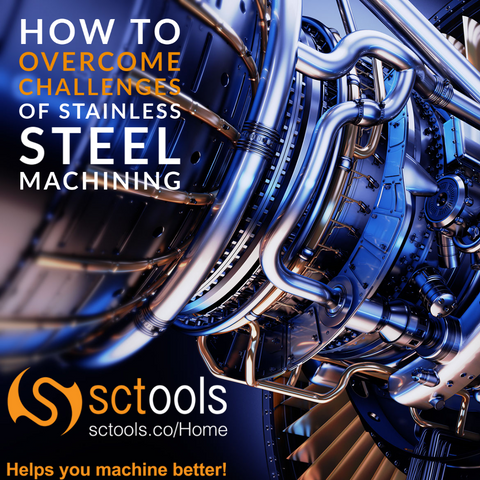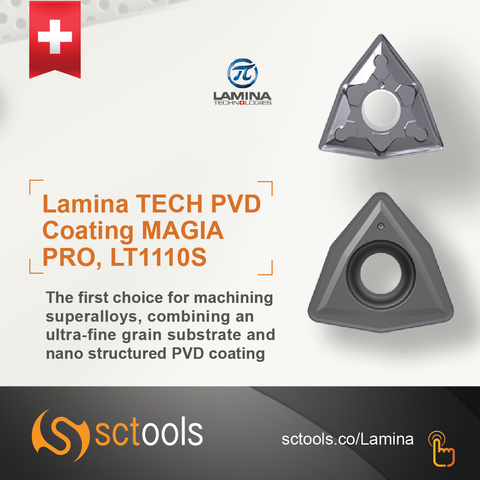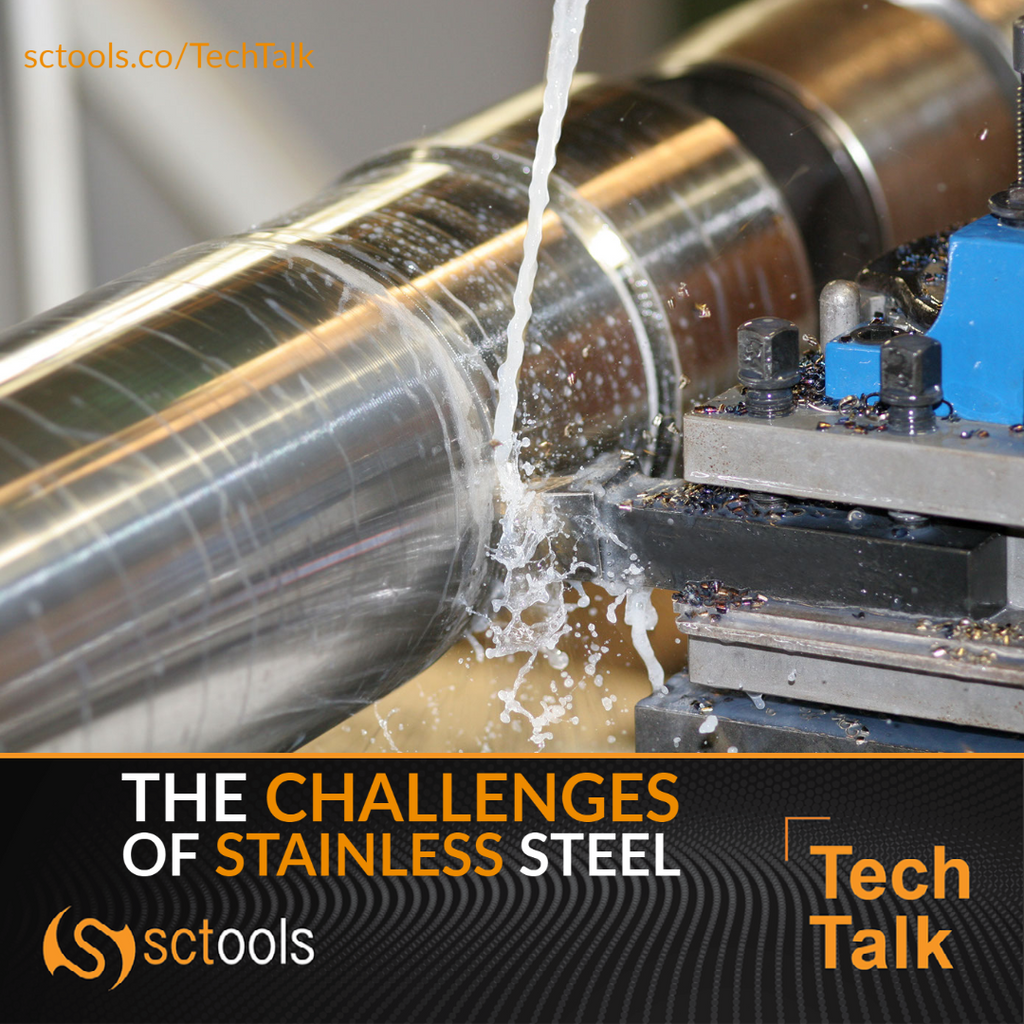.
TechTalk
"You are strong enough to start again" - Unknown
Stainless Steel Machining: The Challenges of Stainless Steel Machining and How to Overcome Them
Like other industrial metals and alloys, stainless steel is essential in many industries due to its uses and applications in mechanical engineering. Some of these industries include automotive, aeronautics, shipping, and packaging industries. When it comes to strength, durability, and resilience, stainless steel has proven to be crucial in many applications and, as such, is used in areas with less favorable conditions like power plants and refineries. Due to its vital uses, stainless steel machining is on the rise, and so are the challenges.
Machining stainless steel is the processing of stainless steel that involves cutting it into different shapes and sizes for many industries. Though its durability and resilience have made it a vital material, it has also made it very tough to work with it. Here, we will be looking at issues and challenges faced when machining stainless steel and how to overcome them.

How to Overcome Challenges of Stainless Steel Machining
- Poor Machinability
Stainless steel is much more challenging and gummier compared to other metals like carbon steel. It also hardens very quickly, making it harder to machine and process, and thus accounts for its poor machinability rating. Due to these reasons, stainless steel cannot be machined by just any tool and just anybody, as it can cause wear and tear, sometimes, even with proper maintenance. For example, when using a drill on stainless steel, due to its durability, the drill tip can get damaged over time, especially if it drills very fast.
Solution
The first thing is to know that not all tools can work with stainless steel, and thus it is essential to find the one that works best with it. Also, CNC machines should be operated by an experienced CNC machinist. So when looking to get a tool for machining stainless steel, look out for its features to know if it will successfully manipulate the steel in the desired form.
- Overheating
Stainless steel has low heat conductivity compared to many other steel and metals. Due to this, stainless steel gets very hot quickly when being worked upon and can affect CNC machines and tools being used, like the stainless steel itself. Tasks such as weld seam removal are, thus, challenging.
Solution
The best way to minimize or control overheating when working on stainless steel is to choose a low-speed tool. High-speed tools will only make things worse, cause overheating, and even damage the device itself. Tools that run on less than 4000 rpm are most advisable and best for use on stainless steel. Since high-speed tools foster overheating, low-speed tools will not allow the stainless steel to heat up, and thus, work on the steel will go on smoothly without any disturbance or issue.
When working with stainless steel, one more thing is to avoid exerting too much pressure on the tool to presses against the material. It can cause overheating, damage to the material and the cutting tool being used.
- Process is Prolonged
Working on stainless steel requires expertise and care. With the right amount of pressure, just the right cutting tool should avoid damaging the material, especially in material removal tasks. Due to this, stainless steel machining is very slow and time-consuming.
Solution
Usually, stainless steel tasks will consume more time compared to other metals. However, selecting the right tool can make the job faster and easier.
- It's Hard To Get The Perfect Finish.
Stainless steel is a naturally demanding material, and perfection is rarely attained.
Solution
The quality finish has no shortcut, and the price for it has to be paid. It can be done with the appropriate knowledge, expertise, and, most importantly, the right cutting tools.
Finding the right tools to help tackle all of these stainless steel machining challenges is significant, and that is why we have brought you the best tool for machining stainless steel.

MAGIA PRO (LT1110S)
Lamina introduces our new advanced Magia Pro-grade combining optimized positive turning geometries with a nano-structured PVD coating. Lamina's LT 1110S grade is strong enough to tackle even the most difficult of the high-temperature alloys.
Dedicated grades and selected geometries were chosen for their impressive capabilities and extended tool life. Extensive R&D investment in the development of cutting tools for specific materials and applications
Features
- Sharp edges to cut through even the most challenging titanium alloy.
- Fully positive rake angle.
- Specially designed deflectors ease chip flow eliminating heat build-up in the work zone.
- Highly positive geometry for a better finish.
- Precisely positioned deflectors.
- Addition of bumps designed to prevent crater wear.

Learn more about Lamina Tech carbide inserts for stainless steel and superalloys.


Comments (0)